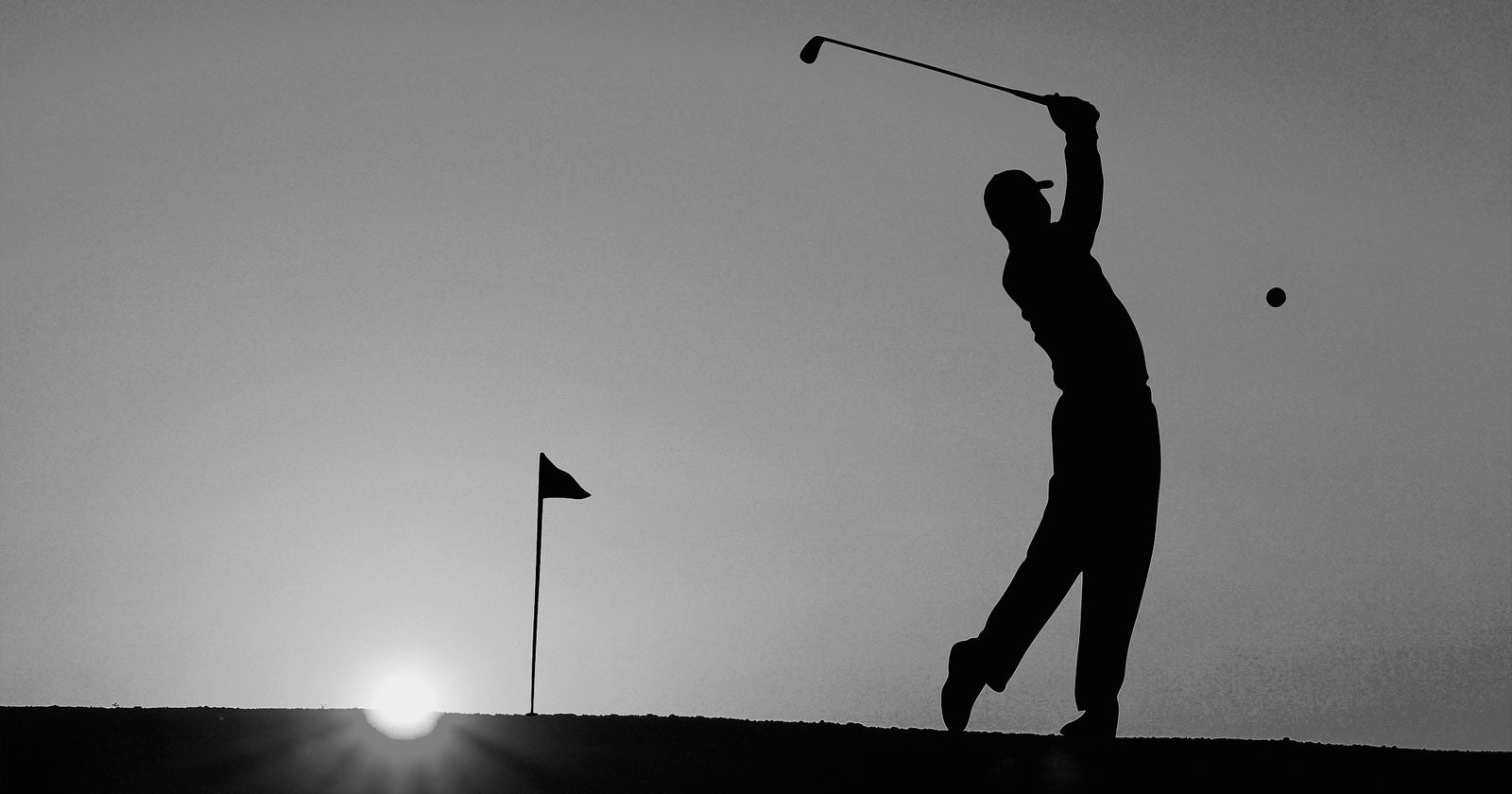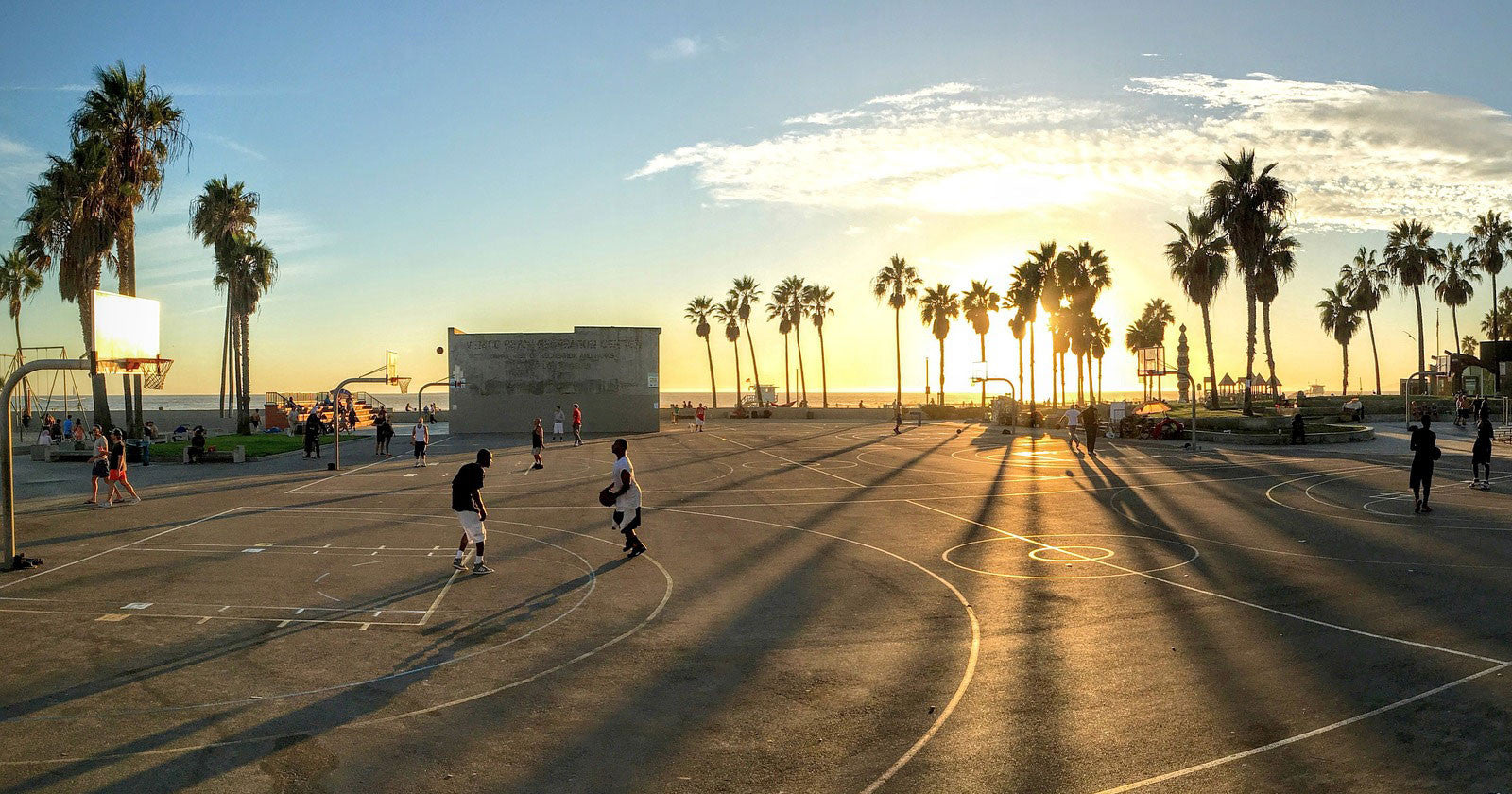Control Your Temperature And Unlock Performance

We at Mission Athletecare take pride in spreading awareness about heat safety, thermoregulation and staying cool while playing sports. To help spread that awareness, we reached out to Lance Gill, an athletic trainer and Co-Director of the Titleist Performance Institute Fitness Advisory Board in Oceanside, California. We asked Lance about his thoughts on hydration, heat exhaustion symptoms and how he helps athletes control their temperature to enhance athletic performance.
Here's what Lance had to say.

From the beginning of my coaching and athletic training career the importance of maintaining heat balance has been critical in my teachings.
This applies in two specific areas for all of us no matter what we're doing. Whether on the sidelines of an athletic event as a sports medicine provider or on the course as a caddy during a major championship on the PGA tour — maintaining heat homeostasis is vital for both physical function and mental acuity.
These two elements of human performance are vital to produce athletic results and prevent injury or worse, catastrophe.
Recently, heat-illness concerns have been growing in both sports the general community with focus on environmental elements. Yet even so, paying special attention to how we must prepare our bodies prior, during and after activity in those environments often goes overlooked.
Many elite level coaches, player and providers have overlooked the weight of environmental elements in the past, specifically in regard to temperature. This is a dangerous oversight and the reason is simple.
The physical environment is something we can control as coaches and providers. While I am not saying we are in control of Mother Nature — we our in full control of how we prepare to support the body during planned physical activity in challenging or extreme conditions.
Referring to an article by Sydney Reitz to highlight the topic as it relates to physical function and mental acuity, “Too Hot to Function: The Truth Behind Temperature and Cognition “, delves into facts behind heat safety.
Let’s highlight how Sydney’s findings directly relate to two performance factors that are being grossly overlooked in our professional worlds. Let’s first talk about Mental Acuity.
Sydney discusses the following concept about mental acuity and its relationship to temperature,
“Cognition is the process of thought that controls how we react to our surroundings and is also our ability to store memories and perform mental tasks such as arithmetic. It can decline as core body temperature deviates from the normal measures. Extreme temperatures or long exposure to less than ideal weather can change core body temperature and impact homeostatic control, or the body’s ability to maintain its temperature. As the body works harder to maintain a healthy core temperature by reallocating resources like water and energy, the brain is deprived of these same resources and one’s ability to think declines.”
This might just be the definition to Mental Acuity. Throughout my career I have seen this come into play in all athletic activities I’ve coached, sidelined for medical reasons or participated in myself. Subtle changes in temperature change our ability to process mental tasks which ultimately become physical function. And that is where the intersection of mental acuity and physical function lies.
As the temperature rises, the body must process the increase and maintain homeostasis within itself so that physiological processes continue to run smoothly allowing you to continue to perform a task.
As the body begins to regulate itself, it produces sweat to help cool down the increase in internal temperature resulting from additional demand from increased temperature. Ultimately if water is being used for temperature regulation — guess where water isn’t being used? Correct, for normal body functions intended to produce athletic activity.
We only have finite amounts of water to regulate everything going on within our bodies. Using it effectively is paramount to gaining physical performance. And when we strip our body of that water being used for Physical Function and apply it to heat regulation we are creating a conflict within. This conflict results ultimately in dehydration (or lack of water) and now we are in a bind.
Dehydration as described by Sydney, “As temperature increases, the body uses sweating as a mechanism to stay cool. Sweating results in water loss, and can potentially cause dehydration. Dehydration, a phenomenon caused by losing more fluid than one consumes, has a fairly significant effect on cognition. Fluid is paramount in many physiological processes including but not limited to the circulation and uptake of nutrients into cells, which may explain the lack of function on a cellular level.”
When you take away water from the cellular level it affects every process in the body then degrades the physical function of the body.
So we have created quite a unique scenario where we are stressing our body by creating a tug of war for water — the elixir of life.
Our body has to regulate the internal temperature of the body to preserve itself, yet our brain is asking the body to use the same water to maintain high levels of physical performance.
After 20 years of coaching, competing and working within the sports medicine community, I have learned there is no substitute for being proactive and taking the steps to leverage hydration and thermoregulation for both physical safety and athletic excellence.
Here’s the takeaway from today’s lessons and I hope you’ll use these tips as you move forward in any athletic pursuit. Drink more water before and during warmup period of any physical activity.
Many of us think that by drinking more during the actual event or activity we can prevent heat related illness or dysfunctions. This is simply not the case.
Recovery from dehydration is an ocean freighter fighting to do a 180° turn to change direction.
How long does this process take?
The summary of the analogy is that if you are in a physical event or participating in any physical activity and you are starting to get thirsty or feeling effect of dehydration or overheating, there is no immediate remedy and ignoring physical signs and feelings will put you in jeopardy.
The lesson is to begin hydrating before activity.
A good rule of thumb is to drink at least half your body weight in ounces of water each day. If you’re drinking bottled water choose one with over 200 parts per million (mg/L) of dissolved solids.
Dissolved solids help you to maintain proper hydration. High quality water sources include those like Evian and Fiji. Water from Reverse Osmosis is a great source as well though consider adding a small pinch of Celtic Sea Salt to every liter of water to ensure appropriate levels of dissolved solids within.
Remember. Just a pinch — your water should not taste of salt.
Pay greater attention to heat dissipation strategies during physical activity.
How many of us actively monitor our internal heat loss during an event? Modern technology at the highest professional levels is gaining us more insight into this. However at the majority of our levels we can take simple steps to modulate internal heat dissipation.
A simple step to doing this is by creating a favorable environment for heat dissipation. Clothing or cooling gear is the first step in this process.
In a hot environment you need clothing that will draw moisture away from the skin. That is in fact the way heat is transferred away from the body. It is called evaporation. Certain clothes are manufactured for more effective evaporation processes. And even more so, there are cooling towels that help control the rate of evaporation creating the opportunity for greater heat dissipation and more efficient use of internal water stores to help enable greater physical function.
Pay more attention to the actual environment you are performing your activity in.
Increases or decreases in temperature have effects on both your Mental Acuity and your Physical Function. The first step of maximizing preference is being aware of the environment that is occurring around you. This may be the most common sense related item that is missing from a majority of athletes repertoires.
Simple awareness leads to simple adaptations which lead to maintenance of Physical Function and Mental Acuity.
The reverse of this can be stated as, Lack of awareness leads to large adaptations too late in the activity, which leads to break down or degradation of Mental Acuity and Physical Function.
Ultimately, when you control your temperature — you unlock performance and help ensure physical safety.
Highlight the importance of hydration and thermoregulation in whatever activity you do.
Being knowledgeable regarding the consequences or effects of thermoregulation is vital in assessing and preventing Mental Acuity and Physical Function breakdowns in your chosen activity. Simple steps can and should be taken to prevent the heat-illness, heat stroke or other injury that are within our control if we are prepared.
Don’t attempt to push the boundaries or play catch up, it is simply too much and too dangerous for our bodies to handle. To ensure safety and enhance your performance the best measure is to be prepared.

Lance Gill, MS ATC TPI3 is an athletic trainer and Co-Director of the Titleist Performance Institute Advisory Board in Oceanside, CA.
0 comments


